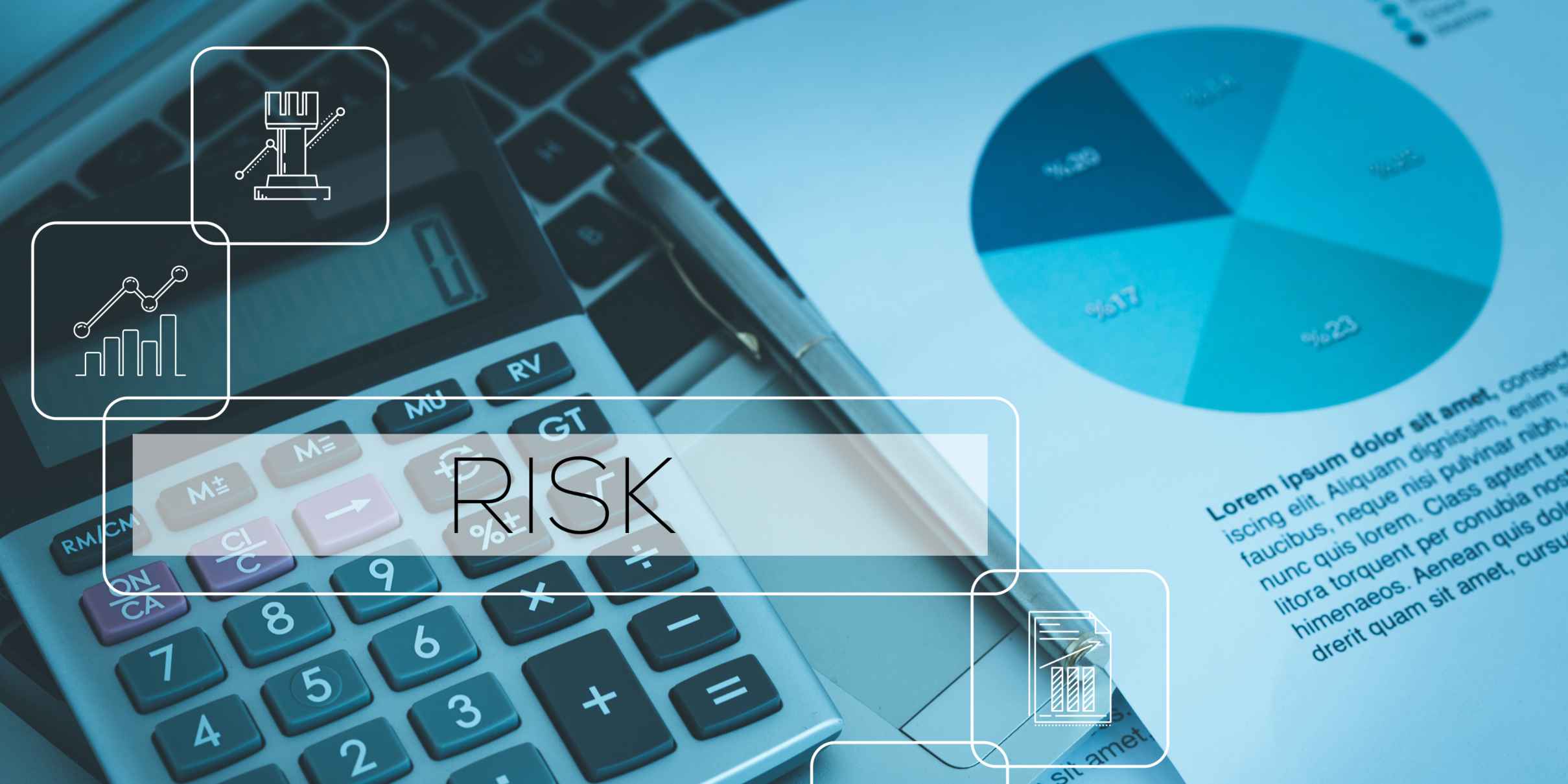The Challenge of GRC Adoption Across Different Financial Institutions
Governance, Risk, and Compliance (GRC) software adoption is a complex process that varies across organizations of different sizes, particularly within regulated industries such as financial services, insurance, and banking. Large enterprises typically have structured risk management frameworks, while smaller organizations often face challenges in defining controls, implementing effective compliance measures, and integrating GRC tools seamlessly. Even companies with mature risk management practices must continuously refine their processes, enhance efficiency, and foster engagement at all levels.
Alphonse Sandez, an Internal Audit & Operational Risk Expert with 25 years of experience, who has worked internationally with organizations of different sizes , shared his perspective: "GRC adoption is not just about implementing a tool; it's about aligning risk management with business objectives, creating a culture of ownership, and ensuring that risk management becomes a value driver rather than a burden." His insights highlight both the challenges and opportunities in improving usability, engagement, and long-term success in GRC adoption.
Establishing a Predictable and Scalable GRC Framework
A key principle in successful GRC implementation is predictability—ensuring that organizations maintain consistent limits, point systems, and control structures. A well-defined and sustainable framework instills confidence among users and drives adoption across different levels of an organization.
Smaller organizations, often operating with limited internal audit functions, require clear guidelines and structured adoption plans. Unlike large corporations with dedicated risk teams, these companies benefit from simplified yet effective control structures. As organizations scale, the ability to adapt pricing models and module configurations becomes increasingly critical to ensure long-term sustainability.
For larger enterprises, the challenge lies in integrating GRC tools with existing enterprise systems. Risk management insights must be accessible across departments, enabling seamless data flow and empowering decision-makers with real-time oversight. The ability to align GRC tools with strategic business objectives, regulatory requirements, and enterprise risk frameworks determines the long-term effectiveness of these solutions.
"When organizations struggle with aligning their risk management processes, a structured and adaptable tool like CERRIX can make all the difference. I've seen first-hand how it simplifies risk management and empowers teams to proactively manage risks," said Alphonse Sandez, Internal Audit & Operational Risk Expert.
The Role of Culture in GRC Adoption
An organization's control culture plays a defining role in the success of GRC adoption. While tools provide the necessary infrastructure, it is the employees who drive risk management practices within their daily workflows.
To maximize adoption, GRC implementation must be accompanied by structured education, proactive change management, and internal advocacy. Simply deploying a tool is not enough—executives must foster a culture of ownership where risk management is seen as an enabler of strategic growth rather than an administrative burden.
Organizations with lower risk maturity levels often face challenges embedding risk management into their daily operations, while more mature enterprises may struggle to evolve beyond a compliance-focused mindset toward a dynamic, continuous risk management framework.
Bridging the Usability Gap: Enhancing User Experience
The user experience of GRC software is a major determinant of its success. Many organizations encounter barriers in the form of complex interfaces, unintuitive workflows, and insufficient support, all of which can deter adoption.
To address these challenges, organizations should focus on:
- Simplified onboarding: Reducing the learning curve through guided tutorials and best-practice templates.
- Ongoing support: Providing dedicated training sessions and readily accessible help desks.
- User-driven development: Gathering real-time feedback to refine usability and improve the overall experience.
GRC software providers must recognize that adoption is not just about managing risk and compliance—it’s about empowering teams with tools that simplify rather than complicate risk management processes.
How CERRIX Facilitates GRC Adoption
CERRIX empowers organizations at every stage of GRC maturity by providing a flexible and scalable platform that seamlessly integrates risk management into daily operations. Recognized as one of Europe’s leading integrated risk management platforms, CERRIX enhances governance and compliance through automation-powered efficiency tailored for financial services.
For smaller organizations, CERRIX simplifies risk management with a low-threshold approach—requiring minimal effort to manage risks and eliminating the need for extensive risk expertise. Its user-friendly workflows streamline adoption, making it easier for teams to integrate risk management into daily operations. Larger enterprises benefit from advanced customization, seamless integrations with enterprise systems
More than just a GRCA tool, CERRIX transforms risk management by shifting organizations from a reactive stance to a proactive, strategic approach that enhances resilience, operational efficiency, and long-term sustainability. By centralizing risk data, automating risk and control processes, and utilizing real-time monitoring and automated testing, businesses in sectors such as banking, insurance, and asset management can gain a comprehensive view of their risk landscape, enabling them to identify and mitigate vulnerabilities before they escalate.
"Management initially didn’t see the need for a GRC tool, but once they realized the insights it could provide, it became a crucial part of decision-making." Marcel Pentier, Director Client Services, CERRIX, highlights how GRC tools, when effectively aligned with business objectives, can evolve from being perceived as compliance necessities to strategic assets.
AI as a Driver of the Next Generation of GRC
Artificial intelligence is poised to revolutionize the way organizations approach risk management. AI-powered GRC tools enhance efficiency by automating control descriptions, streamlining risk assessments, and improving reporting accuracy.
For organizations with lower risk maturity, AI can serve as an intelligent assistant, guiding users through control processes and reducing reliance on manual interventions. Larger enterprises stand to benefit from AI-driven risk prediction, automated regulatory updates, and advanced analytics that provide deeper insights into emerging risks.
By leveraging AI, organizations can move beyond traditional risk management tracking and embrace a predictive, data-driven risk management model that proactively addresses threats before they escalate.
The Future of GRC: Key Takeaways
Successful GRC adoption is about more than just technology—it requires a holistic approach that integrates software, culture, and strategy.
For organizations seeking to strengthen their risk management framework, the following principles should guide their approach:
- Start simple: Implement a phased approach to adoption.
- Empower users: Provide training and ensure risk management is embedded within daily workflows.
- Leverage AI: Automate repetitive tasks and enhance predictive insights.
- Engage leadership: Secure executive buy-in and align GRC with broader business objectives.
- Customize to maturity level: Tailor GRC implementation to fit the organization’s risk culture and operational structure.
By following these strategies, businesses can not only meet compliance requirements but also gain a competitive edge by embedding risk awareness into their corporate DNA. The future of GRC is not just about managing risk—it’s about using insights to drive sustainable business growth.

Featured Expert
Alphonse Sandez
Internal Audit & Operational Risk Expert (Contractor)
With 25 years of experience in operational risk and internal audit, Alphonse has worked with leading financial institutions such as Aviva, UFJ Bank, Achmea, ATB Bank, Triodos Bank and Triodos Investment Management, MN Pension Fund, RNHB, COFRA Holding, Ahold Pension Fund, LeasePlan, etc. His expertise spans multi-cultural environments, advising both large and small financial companies through transformation journeys to reach higher operational risk maturity. Alphonse specializes in aligning risk management with business strategy and navigating the complexities of corporate culture across Europe.
Author: Phuong Pham, Marketing Manager at CERRIX (For media contact: phuong.pham@cerrix.com)
Spreadsheets vs. GRC Tools: Elevating Risk & Compliance Management
Accessible popup
Welcome to Finsweet's accessible modal component for Webflow Libraries. This modal uses custom code to open and close. It is accessible through custom attributes and custom JavaScript added in the embed block of the component. If you're interested in how this is built, check out the Attributes documentation page for this modal component.



.jpg)
%20(1).jpg)
.jpg)
.jpg)
.jpg)
.jpg)
%20(1).jpg)
.jpg)
%20(1).jpg)
.jpg)
.jpg)

.jpg)
.jpg)





.jpg)

%20(2).jpg)
















%20(1)%20(2).jpg)





.jpg)

.png)
.jpg)






%20(1).avif)


